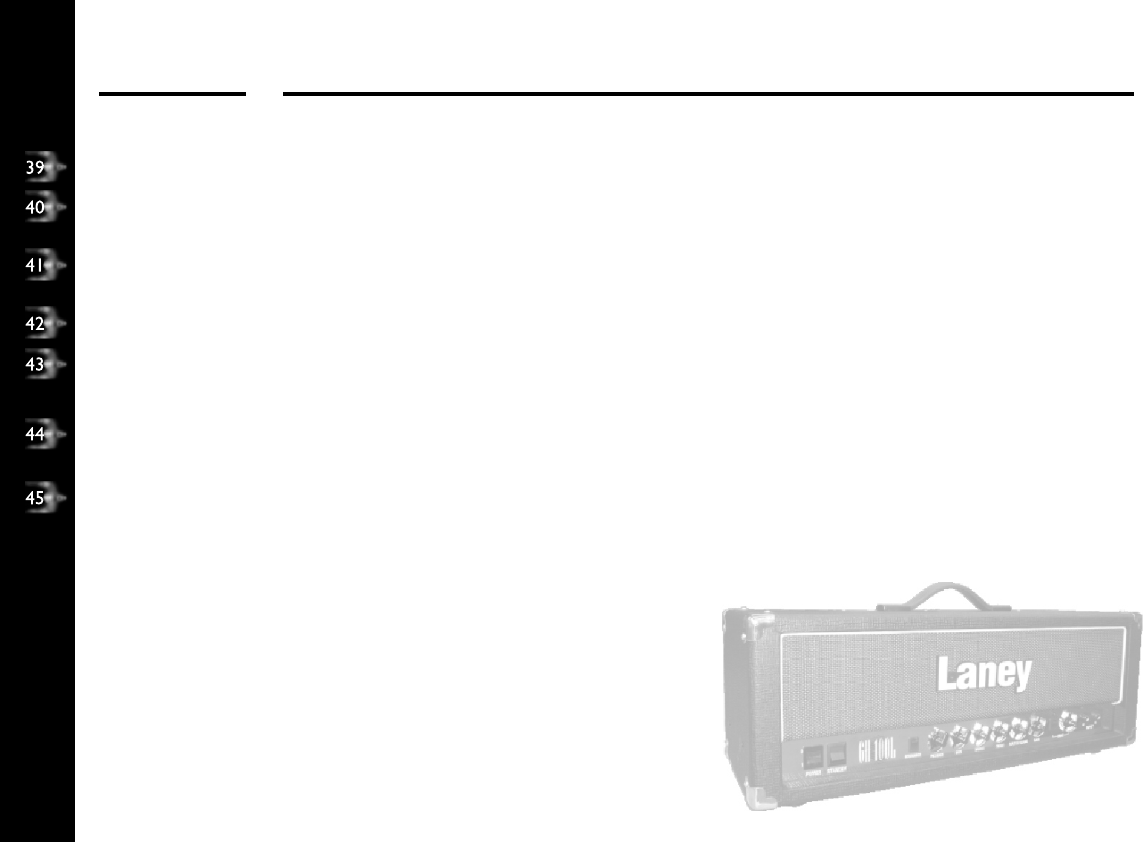
Page 10 /20
LINE IN: The Line in socket provides the user with an input to the power amplifier stage. When a Jack is connected to the
Line In socket the preamp signal does not pass to the power amp.
LINE OUT: The line out socket gives the user an output for driving other amplifiers, mixing desks etc. . Can also be useful in
multi-amp setups where a single preamp can drive several VH power stages. This can be done by simply daisy chaining Line outs
to Line ins. The line out is an (unbalanced) line level output.
BIAS: This allows you to bias the amplifier to suit your chosen output tubes. The switch has two positions 5881/6L6 and EL34.
We recommend the use of matched sets of output tubes for best performance. Ensure the switch is in the correct position
otherwise you risk damaging your amplifier.
FOOTSWITCH: This is a 5 pin 180° DIN socket for connection of the dedicated FS4 footswitch enclosed with the amplifier.
The FS4 allows remote switching of Channel A/B, Drive on Channel A, Drive on channel B and Global Reverb
FX RETURN LEVEL: This control serves two purposes:
1) In Side chain mode it controls the mix level of the global FX Return signal (via 14) mixed with the dry signal.
2) In Insert mode it behaves as an overall level control for the global FX Return (via 14)
EFFECTS LOOP RETURN: Connect the output from your external effects to this socket. A notable feature on the
VH100R is that you won’t lose sustain when the FX loops are in use. This is because the power stages are still driven by a tube
FX loop buffer.
0V
H
1
0R
EFFECTS LOOP SWITCH: This allows the global effects loop to operate in three distinct modes:
1) Side Chain: The return signal is mixed with the dry signal, the level of FX return is controlled by the FX return
level control. This allows you to set the right mix between the dry signal and the effects signal. Use Side chain
mode for FX units such as delays, flangers etc where a direct signal path is maintained internally to avoid loss of
dynamics through the external FX processor. When using this mode the external FX processor should be switched
to ‘effect only mode’
2) Insert: The return signal is buffered and sent directly to the output tubes, no mixing with the dry signal happens.
The wet/dry mix is adjusted within the external FX processor. The FX return level control then acts as overall level
control allowing you to make up for any insertion loss that may occur in the FX processor. Use this mode when
the whole of the amplifier signal needs routing through any external processors such as graphic EQs etc.
Warning: In insert mode with the FX return level control at minimum the amplifier will have no output, good
normal level for this control is ‘5’ which is approx unity gain.
3) Bypass: The global FX loop circuitry is switched out of circuit altogether.
REAR PANEL CONTROLS - CONTINUED
Laney
OPERATING INSTRUCTIONS
